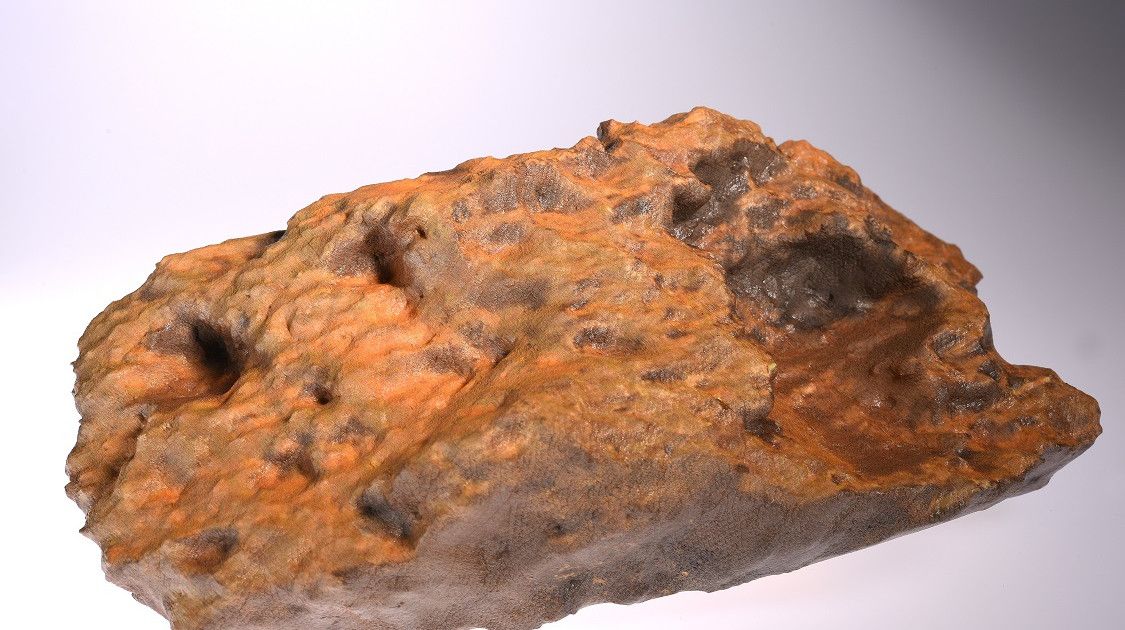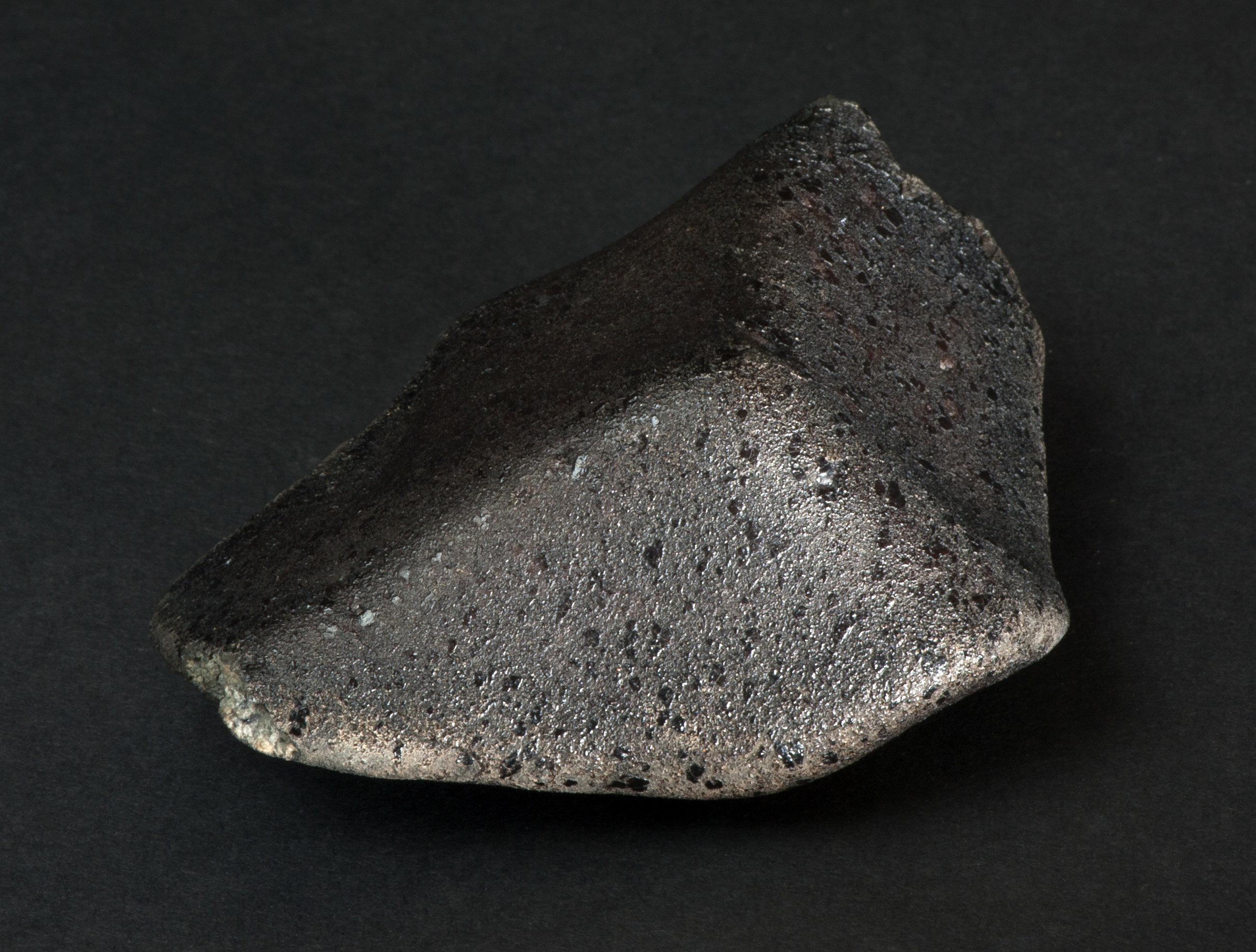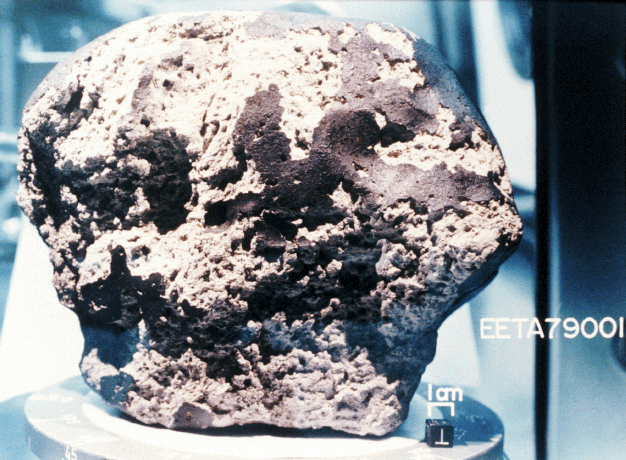

These old evolved clasts have most likely been excavated by an impact event during the Early Amazonian period, ~1.5 Ga ago 3, 5, 8, 11, 12, 13 (green bars in Fig. The abundance of trace elements reported in the old zircon population 5 indicates a variability of U/Yb ratios, which suggest different types of source rocks and processes for the genesis of these magmas. These evolved clasts are derived from a variety of magmas (monzonitic or mugearitic) and probably formed by re-melting of the primary martian crust either at various depths in the presence of volatiles or by differentiation of large impact melt sheets 9, 10. They are the most diverse martian meteorites in terms of composition, containing a variety of igneous, sedimentary, and impact melt clasts, including the most evolved and oldest igneous clasts and zircons (4.44–4.48 Ga old 1, 2, 3, 4, 5, 6, 7, 8, 9, 10, grey bars in Fig. So far, the only available martian samples that appear to have recorded the early conditions and the evolution of the planet until the present time are Northwest Africa (NWA) 7034 and its paired stones. We can investigate it with spacecraft, and samples are available for in-depth analysis on Earth in the form of martian meteorites.

Mars provides a unique and accessible example of an early evolutionary path corresponding to that, inaccessible, of our own world. The geological record of the formation and differentiation of our planet has been destroyed by its subsequent evolution, but extremely rare clues may be obtained from other terrestrial planets. This province is an ideal landing site for future missions aiming to unravel the first tens of millions of years of the history of Mars and, by extension, of all terrestrial planets, including the Earth. Our findings demonstrate that the Terra Cimmeria-Sirenum province is a relic of the differentiated primordial martian crust, formed shortly after the accretion of the planet, and that it constitutes a unique record of early crustal processes. More specifically, the breccia belongs to the ejecta deposits of the Khujirt crater formed 1.5 Ga ago, and it was ejected as a result of the formation of the Karratha crater 5–10 Ma ago. Here, we show that the meteorite was ejected 5–10 Ma ago from the north-east of the Terra Cimmeria-Sirenum province, in the southern hemisphere of Mars. However, its source and geological context have so far remained unknown. This meteorite contains the oldest martian igneous material ever dated: ~4.5 Ga old. The martian breccia NWA 7034 and its paired stones is one of them. Professor Pillinger and colleagues are carrying out direct isotopic analysis of the carbonaceous material, but he admits terrestrial contamination is occurring when thin slices of the meteorite are made for analysis.The formation and differentiation of the crust of Mars in the first tens of millions of years after its accretion can only be deciphered from incredibly limited records. Since all terrestrial life forms contain some carbon-14, this component was thought to be either indigenous carbon from Mars or ancient meteoritic carbon. Previous studies of the forms - or isotopes - of carbon in the Nakhla meteorite found a component of which more than 75% is lacking any carbon-14. He added that it was difficult to determine the origin of carbon in rocks based on microscopy. Peter Buseck, regent's professor of geological sciences at Arizona State University, told the BBC News website that he found no strong evidence of a biological origin for the carbon in the meteorite. We don't exactly know what it means yet, but it's all over the thin sections of the Nakhla material," said co-author Kathie Thomas Keprta, of Lockheed Martin Corporation and Nasa's Johnson Space Center in Houston, Texas.

Some of this forms a dark, branching - or dendritic - material when seen under the microscope. There's no way a solid piece of carbon got inside a meteorite."Īnalysis of the interior revealed channels and pores filled with a complex mixture of carbon compounds. the important thing is that people are always arguing with fallen meteorites that this is something that got in there after it fell to Earth. "I think it's too early to say how got there.

"It gives people a degree of confidence this had never been exposed to the museum environment," said co-author Colin Pillinger of the UK's Open University. Dendritic material in the Nakhla meteorite is rich in carbon


 0 kommentar(er)
0 kommentar(er)
